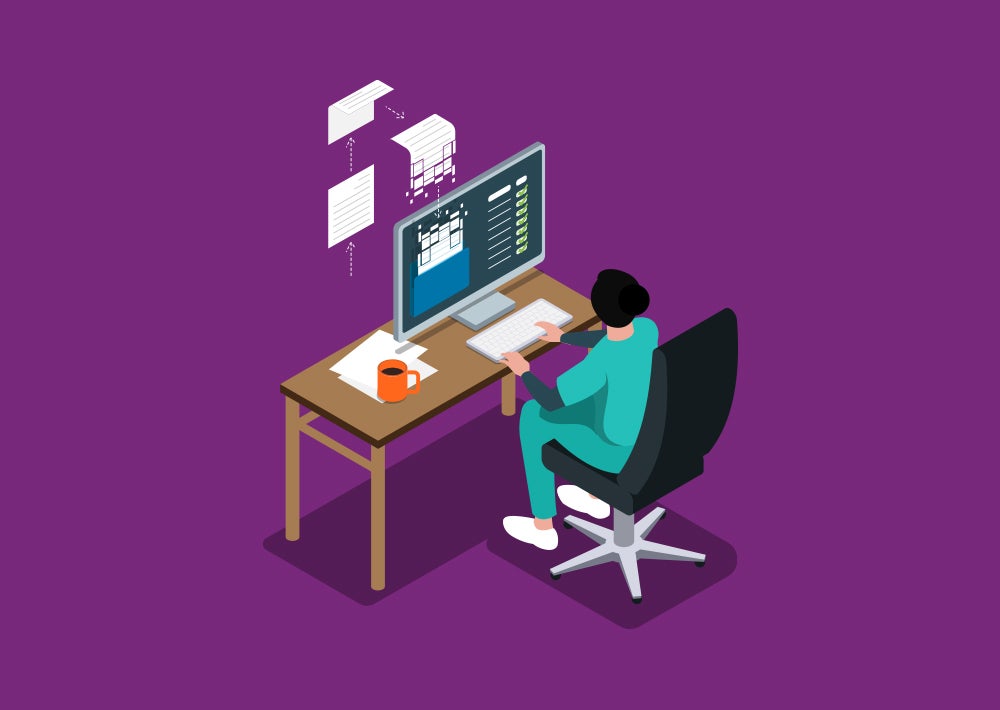About 35% of American families who work full-time can’t reliably afford to pay for all of their basic needs, such as housing, food and childcare, according to a 2022 study.
Those needs are called social determinants of health (SDOH)—the economic, social and safety conditions that affect one’s well-being, from housing stability to food security to education quality—and they have a major impact on health outcomes. A lack of essential resources can increase the risk of long-term health issues, including hypertension and diabetes, chronic stress and even lower life expectancy.
Healthcare providers have a unique opportunity to identify and help close those SDOH gaps. And according to a 2019 survey from Kaiser Permanente, 4 in 5 Americans want exactly that: If they were to report an issue such as food insecurity or lack of transportation to their doctor, they would expect the doctor to connect them to relevant resources.
But a recent Modern Healthcare report suggests that when providers ask about social needs, many patients aren’t forthcoming about their circumstances. Stigma and skepticism about how healthcare organizations might use patients’ self-reported data often impede those exam-room conversations, even when both providers and patients recognize their value.
Read on to learn how your healthcare organization can overcome these barriers and give patients the support they expect.
The way you ask about SDOH matters
Discussing social needs is stigmatized: Patients often feel uncomfortable or ashamed to talk about their social circumstances with a doctor, no matter how common their experiences may be. That’s especially true for patients who belong to groups that face bias in healthcare and carry a larger burden of social needs, including Black Americans, LGBTQ+ people and people living in the U.S. without documentation.
An SDOH-assessment process that feels generalized and impersonal, such as being asked to disclose sensitive information on paper forms in a crowded waiting room, can compound any hesitation patients may have about sharing their experiences. But the alternative—expecting providers to ask yet another set of questions in the exam room—isn’t the solution, either. Plus, many physicians feel they lack the time or the training to conduct such sensitive conversations one-on-one.
Fortunately, there’s an alternative to paper questionnaires or adding to clinicians’ workloads. A digital patient intake solution can automatically administer validated SDOH screenings during intake. Digital screenings allow patients to answer sensitive questions from their own device at a time and place that is most comfortable for them.
There are benefits for healthcare organizations, too: Integrating SDOH screenings into patient intake eliminates paper forms, saves staff time and increases efficiency. Providers can start exam-room conversations using information collected before the patient’s visit.
Even with all these advantages, patients still might feel unsure about sharing their social needs if they don’t know how you will use the information they provide, according to Modern Healthcare. Get ahead of patients’ concerns by being transparent about why your organization asks SDOH questions and clarifying how patient responses will be used.
“It’s important to explain to patients why we ask for information about their social needs and let them know that their responses will not be shared with anyone outside of the care team without their consent,” says Christina Suh, MD, MPH, a pediatrician and Director of Clinical Content at Phreesia. “This helps patients who may be worried about privacy.”
Suh says it’s important to ensure that your digital screening tools include introduction screens for SDOH questions. This introduction should explain the purpose of your questions, set expectations for next steps and let patients know that it’s OK to skip questions or opt out of the screening.
You should also use this opportunity to emphasize that you’re asking SDOH questions because you care about your patients’ health, you recognize that their environment can affect their ability to take care of themselves and you want to offer help if they need it.
Don’t just ask—take action
Screening patients for SDOH is important, but connecting those patients to relevant resources is the crucial next step.
However, many healthcare organizations don’t have enough staff to work with each patient to address their social needs, and the number of community health workers remains small, but growing, across the country. That can be a problem for organizations trying to adopt SDOH workflows: If patients don’t think that sharing their social needs will lead to support, they’re less likely to do so.
The solution to SDOH staffing gaps? Establish relationships with local resources. Food banks, community centers and other social services can provide invaluable support to patients who need help, and a referral from your front desk may be all they need to begin improving their circumstances.
You can also prepare a list of local and national resources to share with patients who need them, such as:
- FindHelp
- Feeding America
- National Center for Medical-Legal Partnership
- National Domestic Violence Hotline
Consider including some options specifically geared toward marginalized communities, such as transgender-inclusive housing support or mental health hotlines that serve people of color, like the STEVE crisis line for Black youth.
Your processes and resource lists may evolve over time and look different from those of other healthcare organizations, and that’s OK. Understanding your bandwidth and your patient population can help you tailor your SDOH strategy to meet your patients’ expectations and improve their health outcomes.
“Healthcare organizations have multiple tools available to help them address SDOH,” Suh says. “The key is figuring out a way to organize those tools—and use them efficiently—to build a systematic, repeatable way of addressing patients’ social needs.”




